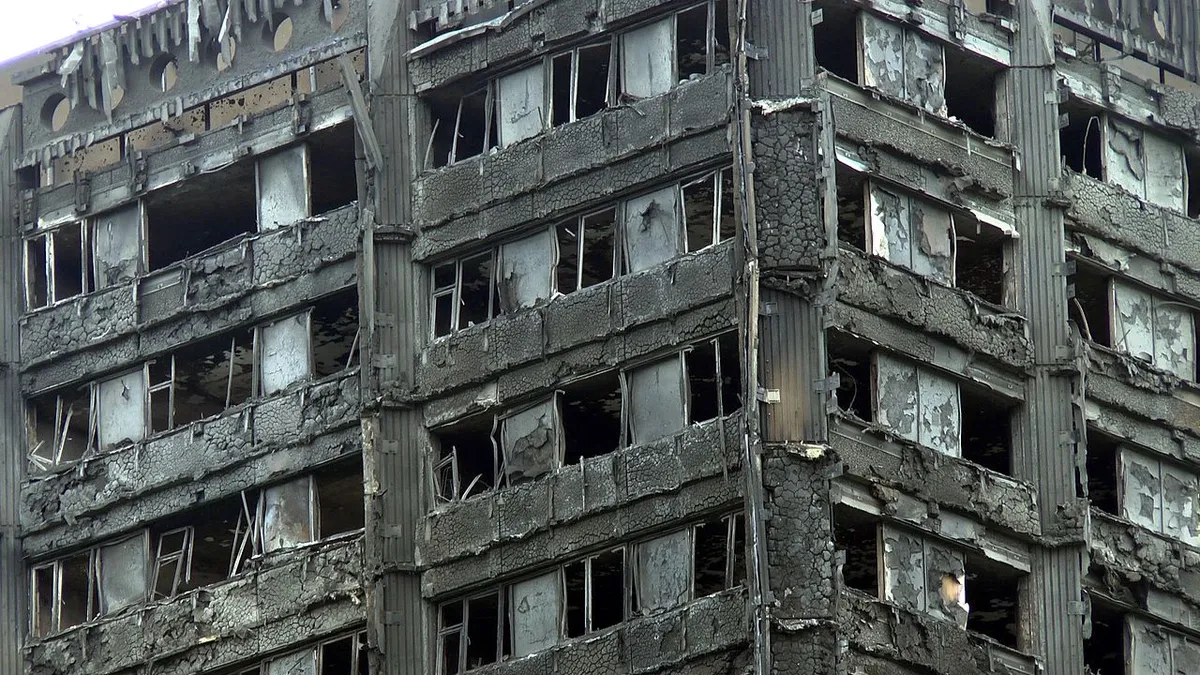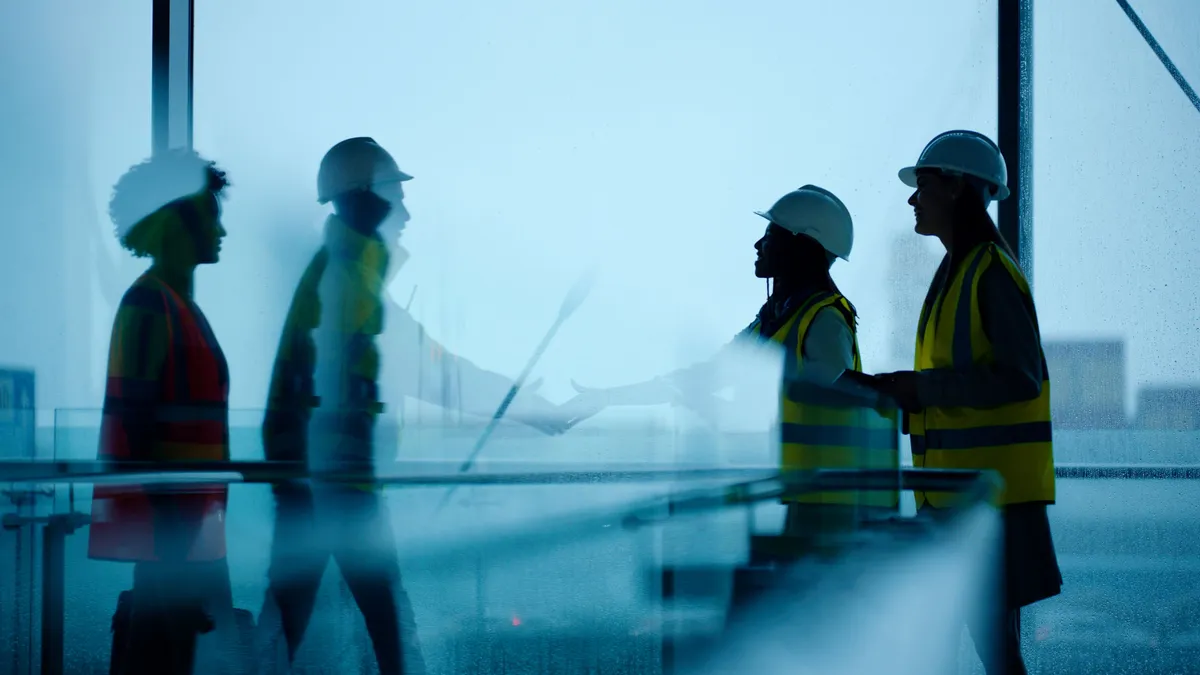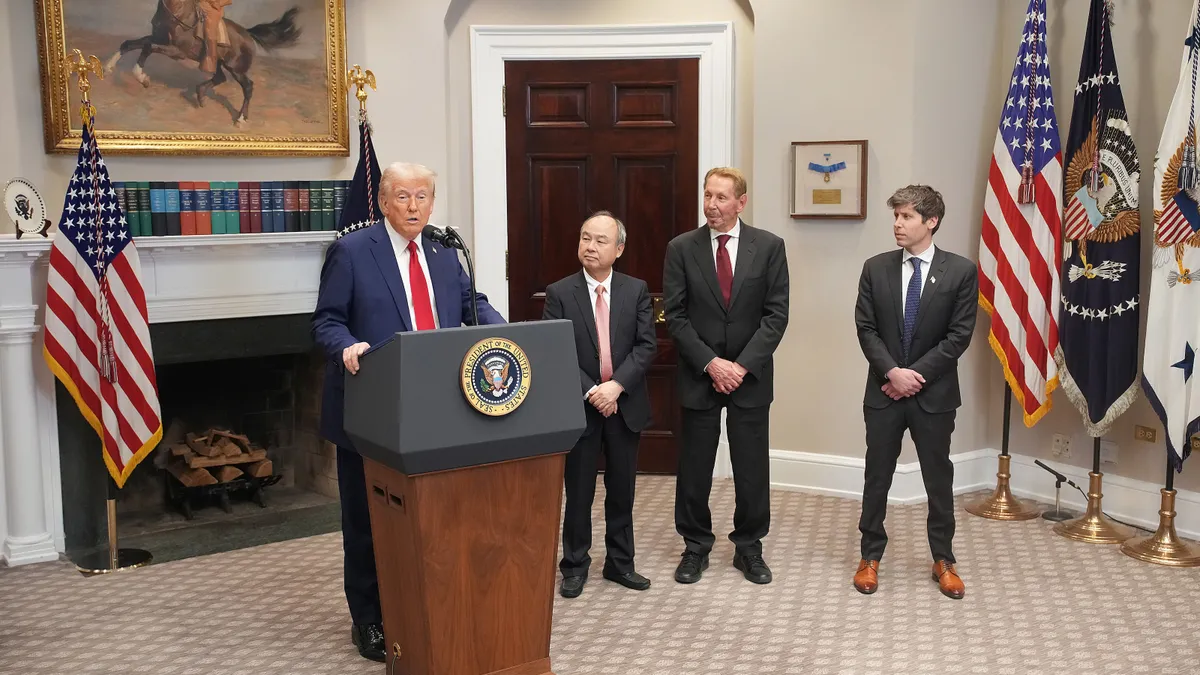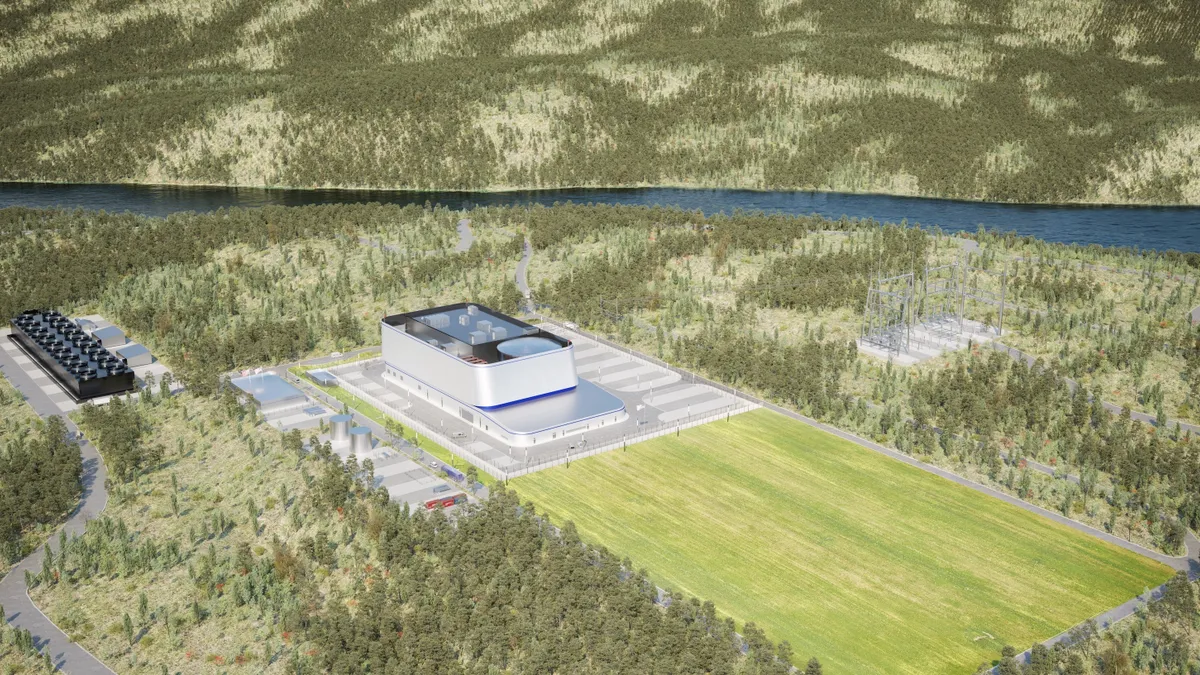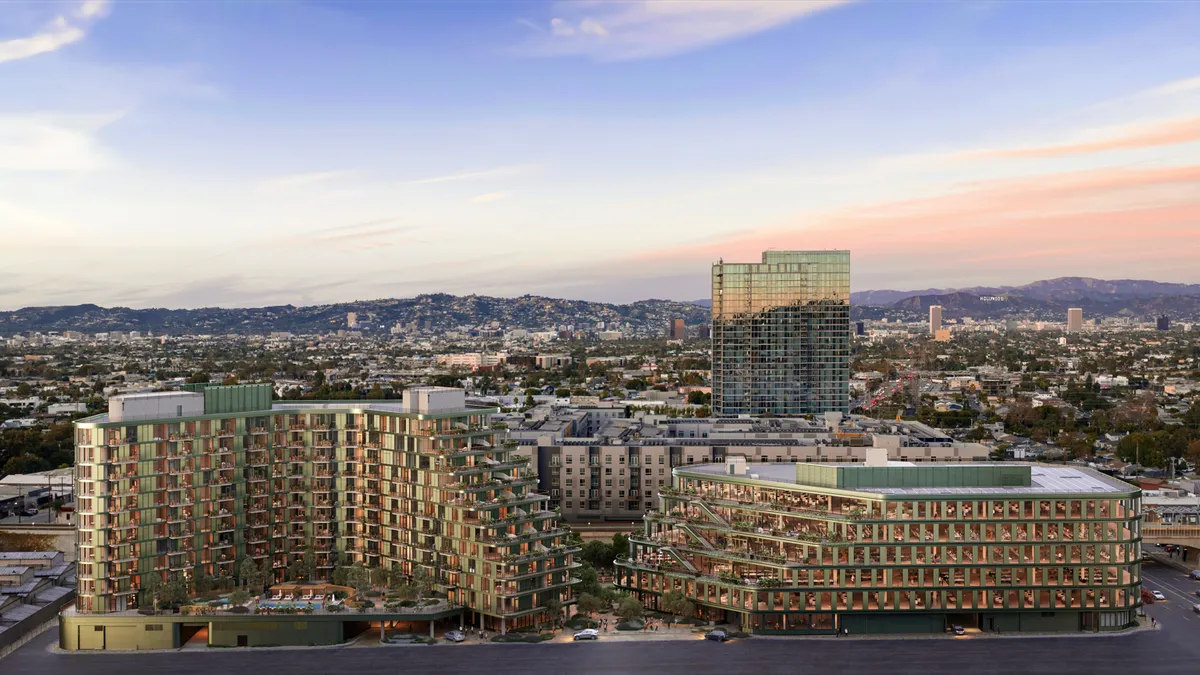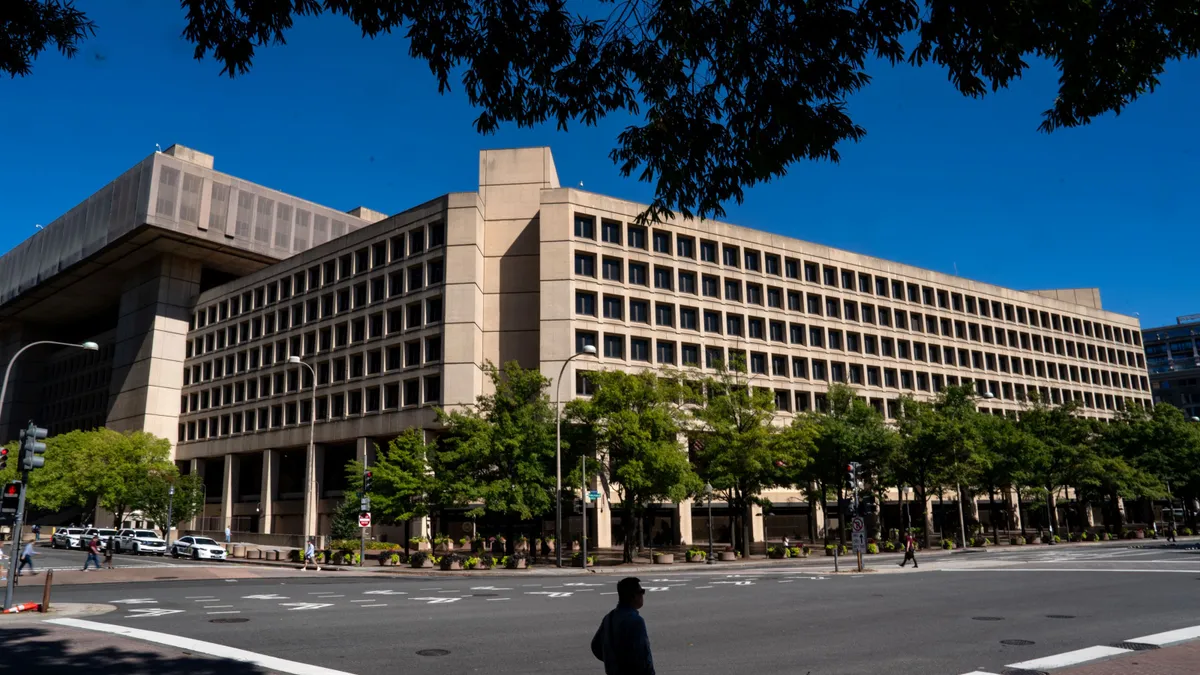This summer, the world looked on in disbelief as fire consumed the 24-story Grenfell Tower residential high-rise in London. The building burned for more than 24 hours before firefighters could extinguish it in full. Reports have confirmed approximately 80 fatalities so far, but that number could still grow as inspectors continue to survey the site and identify victims.
An investigation into the fire's cause has centered on exterior cladding that was part of a renovation completed in May 2016, although the building’s lack of fire sprinklers has come under public scrutiny as well. Those panels, which contain the highly flammable polyethylene, are thought to have helped spread the flames after a refrigerator electrical fire on the fourth floor.
Polyethylene was also found in the pile of material that burned so hot under Interstate 85 in Atlanta in March that it collapsed a 350-foot section of highway. And it is because of that flammability that the panels' manufacturer, Arconic, formerly part of Alcoa, says they are not meant for use in high-rise construction. Yet they were installed at Grenfell and other towers.
Finding one person or company to hold liable when a building material has been improperly or unscrupulously specified or installed is often impossible — and given the increasingly collaborative nature of construction projects today, perhaps not advisable. According to Judah Lifschitz, principal and co-president at Shapiro Lifschitz & Schram, in Washington, DC, it’s likely that any party involved in the product's manufacture, sales, specification or installation would be at risk of being named in a lawsuit.
Conflicting codes
The material used on Grenfell Tower — and on more than 100 other UK high-rises — is prohibited for use higher than 40 feet above grade based on the International Building Code, which is in use or has been adopted in all U.S. states and the District of Columbia. The United Kingdom’s fire safety building code does not forbid its use, although it warns that using cladding composed of combustible materials could present a risk.
Arconic is already facing a lawsuit from a shareholder who claims that the company should not have sold the material for use in U.K. high-rises and that it made "false and misleading" statements when it did not reveal that business practice to stockholders. Company executives and U.K. sales representatives had previously discussed the panels' potential fire risk on the Grenfell Tower via email, Reuters reported. The company also provides fire-safety warnings about using combustible material at heights beyond what fire engine ladders can reach.
What has not been proven, however, is whether the panels' installation was faulty, which is a common assertion when it comes to construction-defects claims. Tests carried out by material testing company Building Research Establishment on behalf of the British government found that even when the material is correctly installed using appropriate fire breaks, it fails fire safety tests.
Who is accountable, and for what?
In such a case, claims against the architect would be that they specified the potentially dangerous material, Lifschitz said, although a defense could be that the material is regularly used within an appropriate standard of care. Even if the owner convinced the architect, engineer or designer to use an alternative material that presented a safety risk, whether known or unknown, he said, that would not alleviate the architect of his or her responsibility.
"If there's a fire and people die, you will still have liability unless you can show that this person died because they did something crazy and unreasonable," said Michael De Chiara, senior partner at construction law firm Zetlin & De Chiara, in New York.
Unless their contractor holds them to a different standard, design professionals such as engineers and architects are judged according to what is standard practice among their peers in a similar situation, sector and geographic location, said Josh Leavitt, principal and construction-law practice co-chair at Much Shelist, in Chicago.
Specialty engineers and designers could also be pulled into the legal fray if they had a hand in designing the faulty material in question. "The overall trend," Leavitt said, "has been to pass down responsibility to a specialty design contractor."
For the architect, it’s all about documentation. They should ensure specialty designers provide sealed drawings for the original design as well as those that include changes. And when it comes to value engineering, Leavitt said, the architect should include their objections to any changes in the project file.
The manufacturer could insist it never recommended the product be used in the way that caused the damage or fatalities in question. But it could still have liability if the sales staff exaggerated or made false claims about the material’s appropriate applications.
That the manufacturer put a warning label on something a court finds to be inherently dangerous might not protect the company from liability. "The manufacturer will have liability, but that might not be the deep pocket," De Chiara said. "At the end of the day, liability will be decided by whoever the fact finder is, and in the U.S., that's the judge and jury."
Testing a product isn't always a sure way of determining its long-term safety because the manufacturing process could change, he added. Materials sourced from outside of the U.S. could also present quality issues.
Attorney Jill Berman, partner at Rennert Vogel Mandler & Rodriguez, in Miami, said she would be hard-pressed to think of a situation in which the manufacturer would have liability, providing it was clear in explaining how the product should be used.
She cites the example of the installation of balcony railings on condo buildings in Florida. For years, many contractors used a non-waterproof, interior counterpart to the anchoring cement that secures the railing to the concrete balcony floor. The manufacturer wasn't at fault but the misuse of the material presented problems.
Where the contractor is concerned, the claim would most likely be that it should have known the material was the wrong one to use on the project, Leavitt said. Failing that, claims against the contractor would try to incorporate construction-related defects.
When omission is the problem, or part of it
Although cladding has been at the forefront of the Grenfell discussion, the fact that there were no fire sprinklers in the building presents a glaring question as to whether claims that the exterior panels are solely to blame tell the entire story, Berman said.
In the U.S., many older buildings were grandfathered into code compliance after fire sprinklers were made mandatory in high-rise construction. And some owners have decided, for financial reasons, not to have those buildings retrofitted, she added.
"Are the authorities right to grandfather in buildings [built] before this requirement existed? Should we allow occupancy in a building like that? Should we require retrofits to buildings?" Berman asked. Making that decision requires acknowledging that there is a difference between property damage due to a lack of sprinklers and the life-safety hazard their omission presents.
"If I'm a building owner and have this cladding and don't have a sprinkler system, there is no greater notice than those videos [of the Grenfell fire]," Lifschitz said. "I am at risk if something happens. I better take action and get it fixed."


